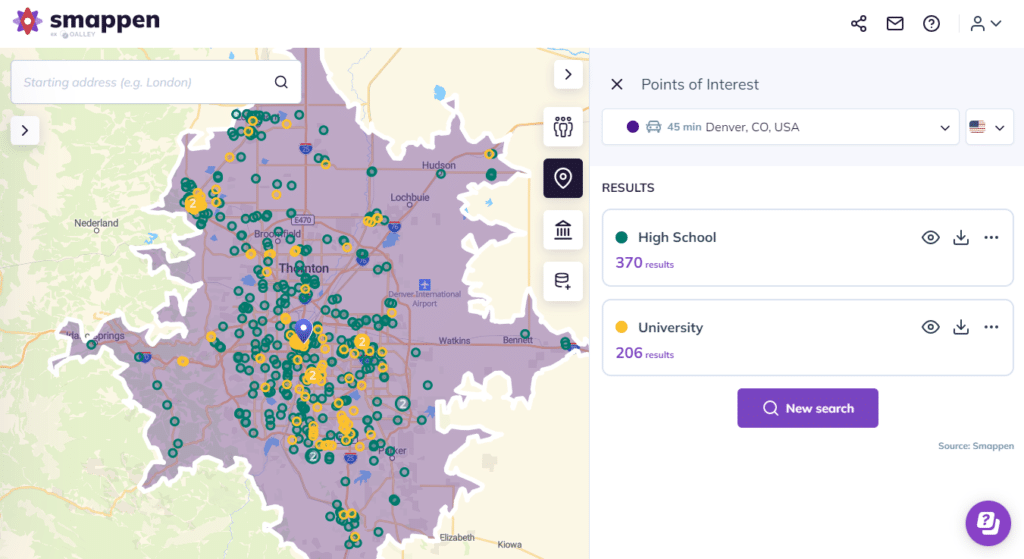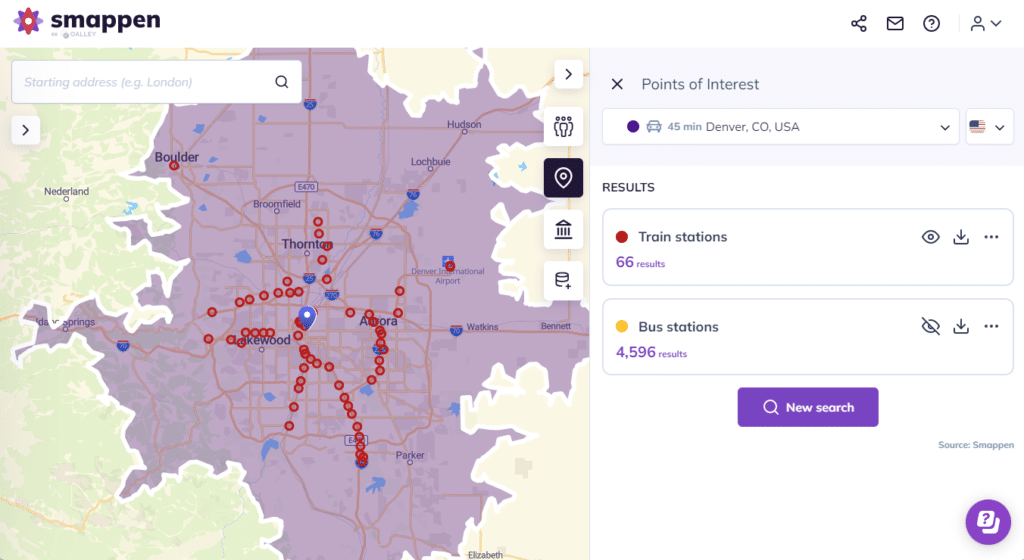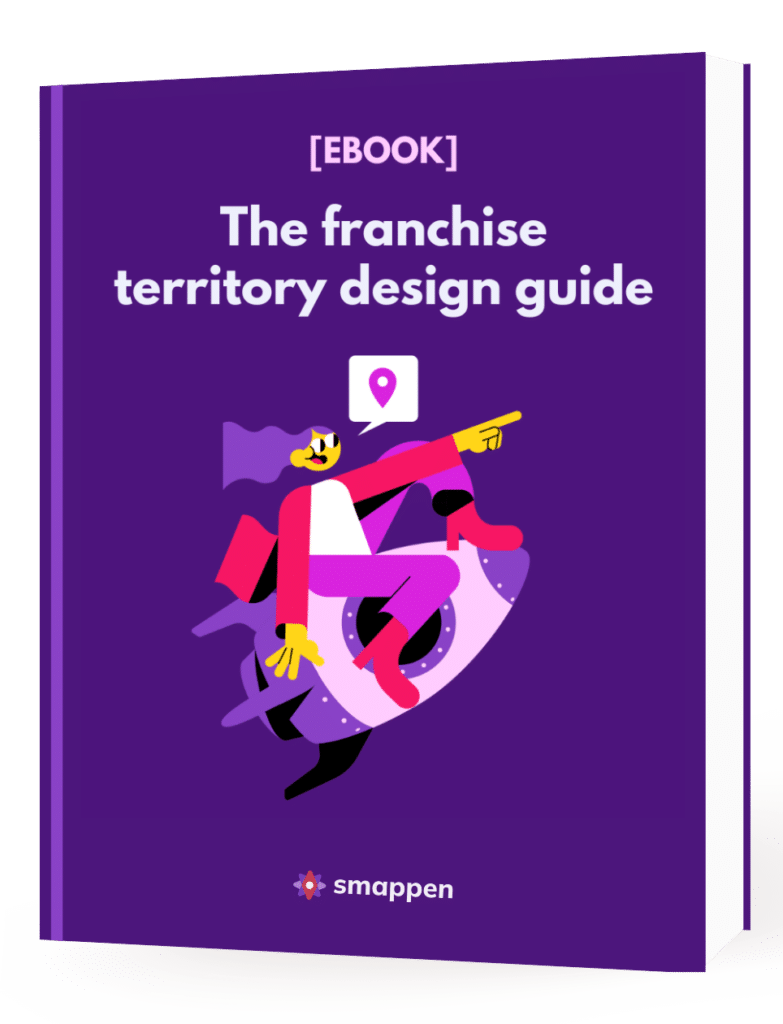Spotting foot traffic can be interesting for your business 🎯
Why is this data important and why might you need it?
If your business model is based on the sale of commodity products – such as grocery, hygiene, drugstore,… – or if you evolve in a sector dependent on flow attractors, identifying attractive areas can be essential.
Pedestrian flow attractors are factors that draw people to a specific location or area, resulting in high levels of foot traffic.
How to spot it? Let us show you this 😉
Which use cases to use the foot traffic?
By identifying areas with high foot traffic, you can position your marketing efforts to reach potential customers more effectively. For example, you can place advertisements in high-traffic areas or offer promotions to customers in those areas.
Understanding foot traffic patterns can also help to optimize operations. You can staff your stores appropriately, adjust your inventory levels, and plan for peak traffic times.
If you’re looking to open a new location, foot traffic data can help to identify the best location for your business. By analyzing foot traffic patterns in different areas, select a location that is likely to attract the most customers.
Our tips to find the best location 👀
Foot traffic data can also help understand your competition. By spotting your competitors, you can identify potential opportunities to differentiate your business and attract more customers.
By using intelligence tool, gain insights into customer behavior and make data-driven decisions to improve ROI.
How to spot foot traffic areas?
It is mainly a question of identifying pedestrian flow attractors
So first, determine those attractors according to your area typology.
Then, use cartography and location intelligence solution as Smappen, and you’ll just have to spot them on the map.
Let’s see how it goes on the app:
Let’s imagine I want to start a street marketing campaign dedicated to a student target. First of all, I have to spot educational institutions such as colleges and universities that can draw large numbers of students and faculty.

In the same example, transportation hubs, such as train stations and bus terminals can be interesting. The identification of flows is to be put in relation with the target population. Here, young people move more often by public transport.

Spotting transportation areas can also be interesting for your OOH target campaigns. Use the POI tool to do it!
What is POI, how does it work? See our guide
During the day, it’s interesting to spot retail and entertainment venues, such as shopping malls, movie theaters, or concert venues. Why not also search by name or look for fast food and other companies that attract by their notoriety.
Business districts and downtown areas can attract a professional target, if you’re working on the B2B side. For example if you are running a prospecting or marketing campaign dedicated to a B2B target.
Then spot public spaces such as parks, pedestrianized streets, outdoor activities. Maybe also landmarks and tourist attractions like museums, parks, historical sites. For example if you want to find a good place to put your street food truck or a gift store.
For the night, maybe you can spot places that attract people in the evening such as bars, restaurants or cinemas.
To complete the pedestrian flow analysis, identify the type of population in your area. For example, if you’re conducting a health awareness campaign, identify areas that complement the flows with population data by age or standard of living.
By understanding the factors that attract people to a specific location or area, you can strategically position your business to capture foot traffic and increase visibility and profitability.
If your target is very local or located in the city center, the pedestrian flows will give you vital information about your area potential 🚀

